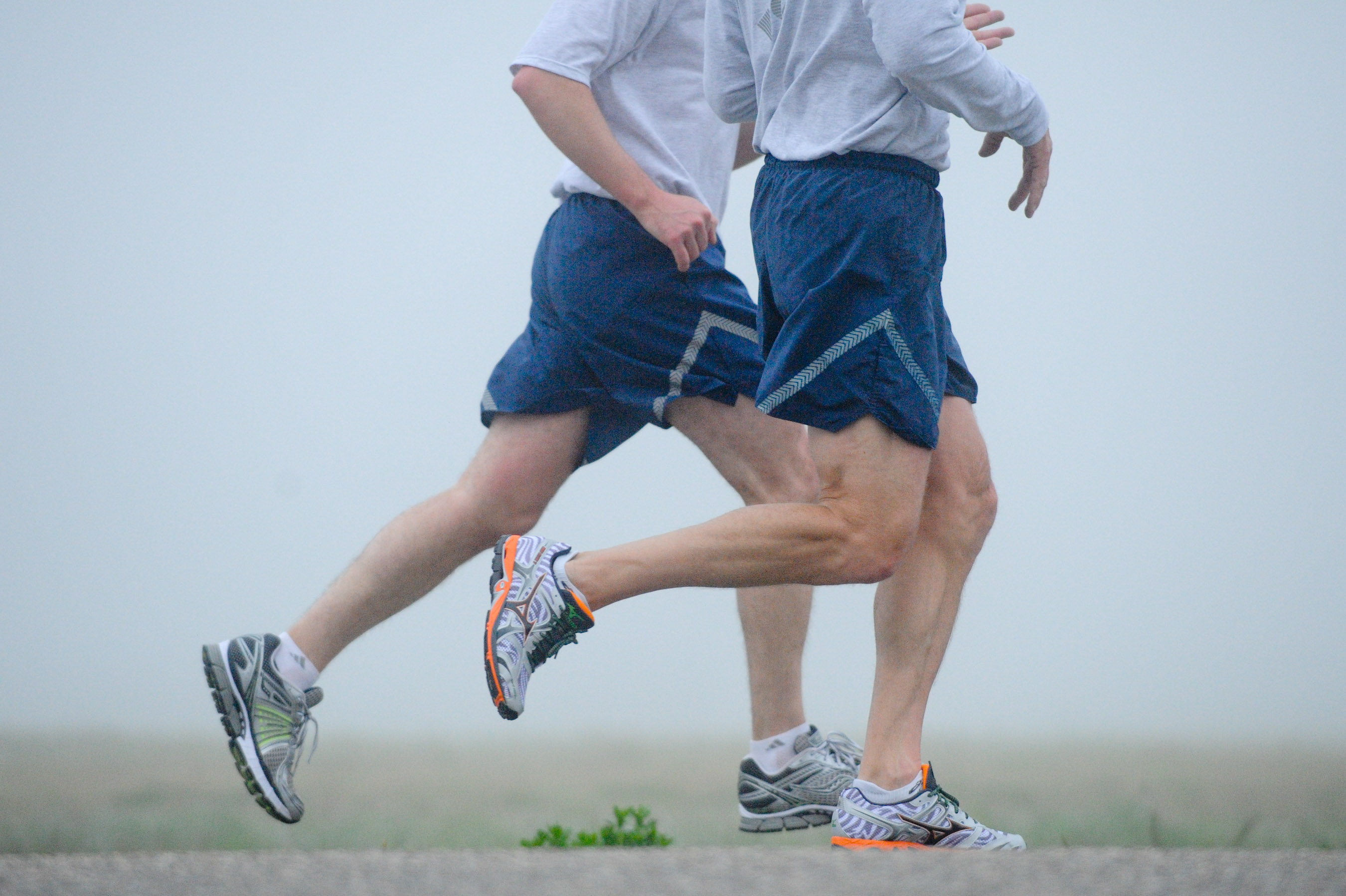Massage therapy has been shown to increase circulation, reduce stress, pain and depression, improve sleep quality and immunity – as a result, all of which make us feel better, more energized and less fatigued! Muscle fatigue? Five ways massage therapy can help.
Muscle fatigue is the decline in the muscles ability to generate force. It can be a result of vigorous exercise but abnormal fatigue may be caused by barriers to or interference with the different stages of muscle contraction.
1. Eliminates trigger points
Muscles with trigger points fatigue more easily.
A Trigger Point is a hyper-irritable ‘knot’ in the taut bands of the muscle. Direct compression or muscle contraction can consequently create local tenderness and referred pain which usually responds with a pain pattern from the spot.
A trigger point is associated with rapid development of muscle fatigue. While simultaneously overloading the muscle around the trigger point. However, elimination of trigger points may effectively reduce muscle fatigue and prevent overload spreading throughout the muscle.

2. Decrease taught muscle fibres and fascia
When muscles become stiff and tight, the fibres of the muscle adhere together, restricting movement.
When your muscles are chronically tight the surrounding fascia tightens along with them. Over time the fascia becomes rigid, compressing the muscles and the nerves.
Deep tissue massage techniques such as cross-fibre friction to break up adhesions in the muscles; deep tissue stripping and pin-and-stretch techniques to lengthen and stretch muscle and fascia fibres. This, combined with ischemic compression on trigger points to release them.
3. Reduce pain
Massage can ease pain in several different ways. Massage triggers the release of natural painkillers called opioids in the brain. Studies also suggest that massage speeds up the flow of oxytocin, a hormone that relaxes muscles and encourages feelings of calmness and contentment.
Massage may also change the way the brain senses pain. As Stanford neuroscientist Robert Sapolsky has said, ‘good massage can temporarily make the brain forget about other aches’.

4. Improved rest for recovery
Massage can help improve sleep quality by increasing hormones that help us relax. When we sleep our body heals.
During sleep the brain triggers the release of hormones that encourage tissue growth to repair blood vessels and tissues. This helps wounds to heal faster but also restores sore or damaged muscles.
5. Faster recovery
Receiving regular massage subsequently improves our ability to recover, and to recover faster. Be it from exercise, or injury.
Research has confirmed that athletes who received regular massage post-exercise, as a result recovered faster and with a reduction in delayed onset muscle soreness (DOMS). This is the result of reduction in the stress hormone cortisol, and increase in beta-endorphins in the plasma. Increasing our body’s ability to heal.[1]
So by reducing pain and tension, improving rest quality and increasing good hormones, massage can help our muscles heal faster and reduce fatigue.


